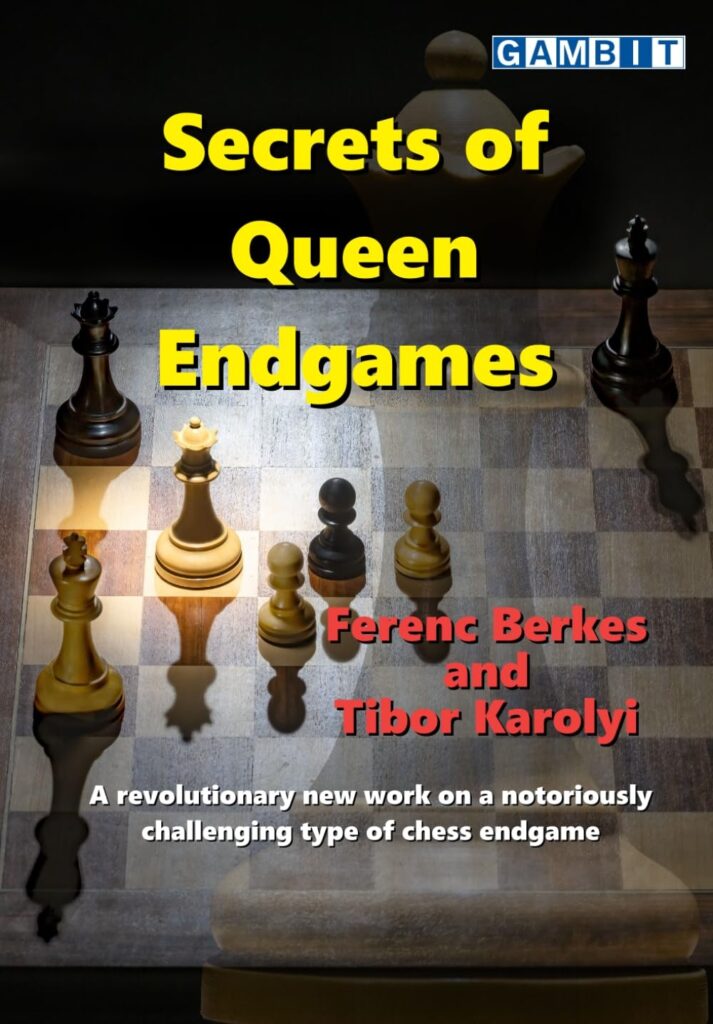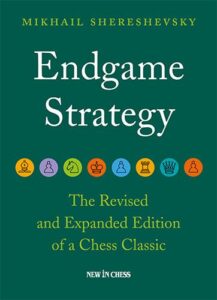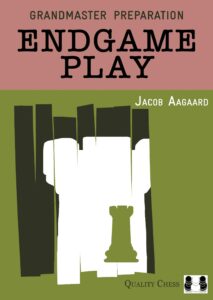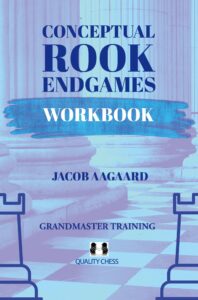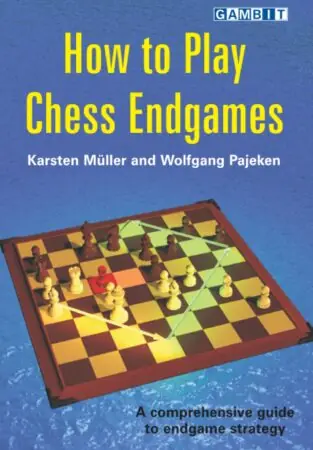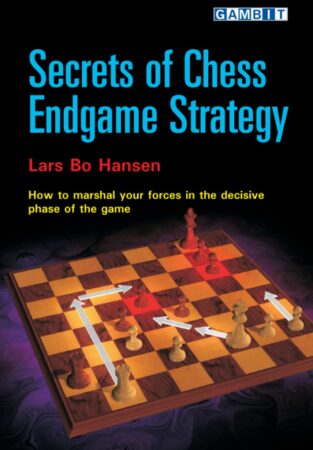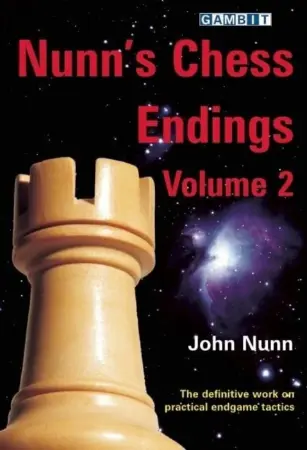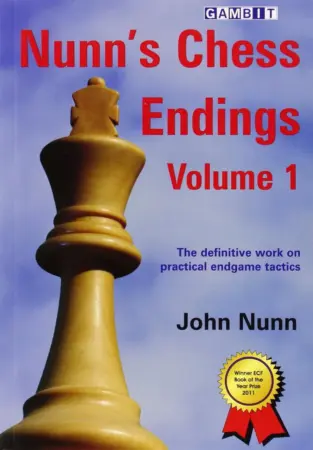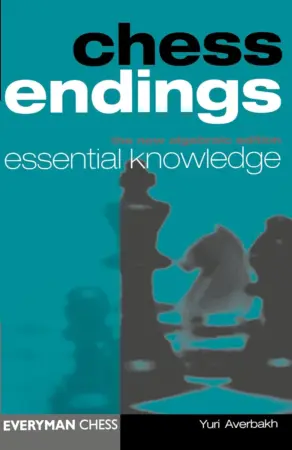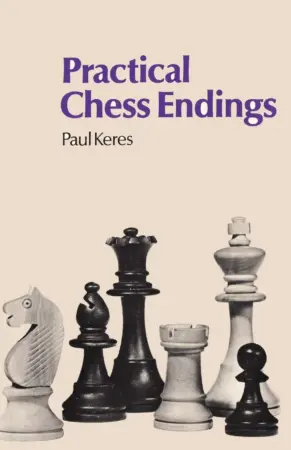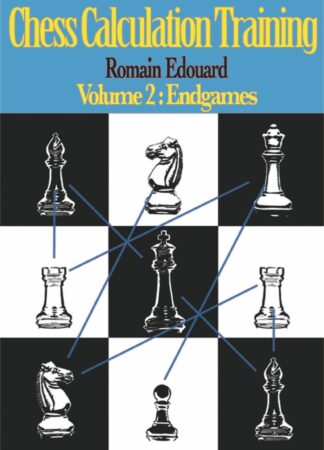Show me a player who doesn’t fear entering a queen endgame. There’s a reason so many points and half-points are lost in them. They are notoriously hard to navigate, they rely on calculation, and they can last for dozens of moves. Even the top Grandmasters mess them up, partly due to their lack of understanding, and partly due to the lapse in concentration which comes naturally in a 100-move game. Berkes and Karolyi have created the first comprehensive volume on queen endgames alone, Secrets of Queen Endgames. Building on Nunn’s Chess Endings and Balogh and Michalishin’s endgame book, both of which have devoted whole sections on these notoriously difficult positions, they have compiled a textbook that covers both the key concepts in queen endgames, and every possible important theoretical position.
Unlike their predecessors, they’ve had access to 7-piece tablebases and modern engines, making this volume the first of its kind without errors or misconceptions.
Why are queen endgames important you may ask? Every endgame is likely to be reduced down to a king and pawn endgame, and every king and pawn endgame must be calculated and understood deeply, precisely, and past queening, meaning that every king and pawn endgame can become a queen endgame. Learning the opposition, triangulation, and other key K&P endgame principles and theory is of little value if you mess up the queen endgame that follows.
The book is divided into several parts. The technical, theoretical endgames have all been covered. That is to be expected from an endgame book. But the true value of Secrets of Queen Endgames lies in the chapters on Tools one can use to navigate queen endgames and the Strategy one can apply in queen endgames. Those are invaluable to all chess players, regardless of their strength. They cover key concepts such as how to reduce the number of pawns in order to hold a draw, queen triangulation, how to play with doubled pawns, and much more. Even without actually studying and playing out the theoretical endgames covered in the book (You should do that!), reading these two chapters alone would surely enable you to outperform most players in queen endgames.
The theoretical endgames were explained well. The only flaw, in my opinion, is the jungle of variations present under many examples that make it hard to navigate the book without having to spend a long time understanding what the main line is. I kept forgetting which line I was looking at despite using a real board and a notebook on the side. Despite that extra time investment you have to put in, going over Secrets of Queen Endgames seems invaluable for tournament players.
Personally, I hate queen endgames. I fear them and avoid them like the plague. The reason for that is simple – I’m bad at them. If neither side is familiar with the theory or the strategy, they rely purely on calculation, which isn’t my strong suit. That’s why I forced myself to go over the entire book and every theoretical position. Now I can’t wait to play a queen endgame!

